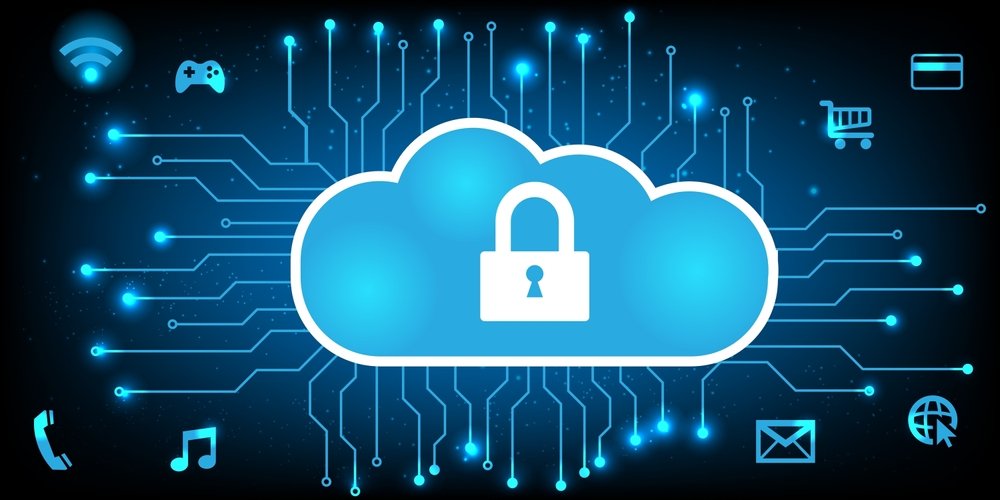
Affiliate Disclosure
Note: This banner contains an affiliate link. If you click and make a purchase, we may earn a commission at no extra cost to you. This helps us maintain and improve our content for users like you, supporting our travel site operations.
As we approach the year 2030, the cybersecurity landscape is evolving rapidly. With increasingly sophisticated cyber threats, antivirus software plays a crucial role in protecting personal and professional data. However, as technology advances, so too must the tools we use to defend against cyberattacks. In this article, we’ll explore the future of antivirus software, examining how it will adapt to new threats, integrate emerging technologies, and continue to protect users in the coming decade.
1. AI and Machine Learning: The Future of Threat Detection

Artificial Intelligence (AI) and machine learning (ML) are already transforming antivirus software, but their role will expand significantly by 2030. AI will help antivirus programs predict, identify, and neutralize threats in real-time by analyzing vast amounts of data at unprecedented speeds. With the ability to detect patterns and anomalies, AI-driven antivirus software can identify previously unseen threats and adapt to evolving attack strategies.
By 2030, antivirus solutions will likely have the ability to autonomously respond to cyberattacks, learning from each new encounter to better protect users. This will not only enhance threat detection but also improve response times, making it easier to combat sophisticated attacks like zero-day vulnerabilities and ransomware.
2. Integration with Other Security Tools

As cyber threats become more complex, antivirus software will no longer function in isolation. By 2030, it is expected that antivirus programs will integrate seamlessly with other cybersecurity tools, such as firewalls, Virtual Private Networks (VPNs), and identity protection services. These integrated security systems will provide a more comprehensive defense strategy, ensuring that all layers of security work together to prevent breaches.
This integration will also make it easier for individuals and organizations to manage their cybersecurity infrastructure. Instead of using multiple, standalone applications, users will have a unified interface that allows for centralized control, monitoring, and management of their security systems.
3. Advanced Cloud Security

Cloud computing has become an essential part of both personal and business operations. As more data moves to the cloud, securing this information becomes paramount. Antivirus solutions will evolve to protect cloud-based data and services, offering enhanced protection through cloud-specific security features. By 2030, we can expect cloud security to be deeply integrated into antivirus software.
Antivirus programs will monitor data traffic in the cloud, detect potential vulnerabilities, and protect cloud-stored data from threats such as data breaches, DDoS attacks, and malicious insiders. Additionally, AI-powered cloud security will allow for real-time threat analysis, ensuring that cloud data remains secure, no matter where users access it from.
4. Protection Against IoT and Smart Devices

The Internet of Things (IoT) has led to a proliferation of smart devices in homes and businesses, from smart thermostats to connected medical devices. By 2030, there will likely be billions of IoT devices in use, many of which will require robust cybersecurity measures. Antivirus software will adapt to address the unique security needs of these devices, offering protection against IoT-specific threats such as botnet attacks and unauthorized data access.
Smart devices, while convenient, are often vulnerable to cyberattacks due to their limited security capabilities. As IoT devices become more integrated into daily life, antivirus software will need to incorporate specialized protocols to ensure these devices are secure and that potential vulnerabilities are quickly patched.
5. Next-Generation Ransomware Protection

Ransomware remains one of the most significant cybersecurity threats, and it’s expected that this threat will only grow as cybercriminals become more sophisticated. Antivirus programs in 2030 will be equipped with advanced features to specifically combat ransomware. These tools will not only detect ransomware strains based on their behaviors but will also be able to predict potential attacks before they occur, offering proactive protection.
Additionally, the future of antivirus software will likely include real-time backup features that automatically create copies of critical files. In the event of a ransomware attack, users will be able to restore their data without paying the ransom, significantly reducing the threat’s effectiveness. This approach, combined with robust AI detection, will offer greater resilience against ransomware attacks.
6. Enhanced Privacy Protection
With growing concerns about data privacy and surveillance, antivirus software in 2030 will go beyond just malware detection to include advanced privacy protection features. This may include tools that protect personal data from unauthorized access, prevent tracking across websites, and block malicious data collection by third-party advertisers.
In addition to traditional malware protection, antivirus software will likely incorporate built-in privacy features such as VPNs, encrypted communications, and anti-tracking measures. These features will help users protect their sensitive information, prevent online tracking, and safeguard their online activities from prying eyes, enhancing the overall privacy landscape.
7. Blockchain Technology and Antivirus Software
Blockchain technology, known for its decentralized and secure nature, may play a significant role in the future of antivirus software. By 2030, blockchain could be integrated into antivirus solutions to enhance data integrity and protect against data breaches. Blockchain’s immutability would ensure that security logs and threat data cannot be tampered with, providing an additional layer of transparency and accountability in cybersecurity.
Blockchain could also be used for secure identity verification, preventing impersonation and fraud in online transactions. Integrating blockchain into antivirus software could lead to new, more secure ways of managing digital identities and ensuring that sensitive data remains safe from cybercriminals.
8. More Focus on User Education
As cyber threats continue to evolve, antivirus software providers will put more emphasis on user education. By 2030, antivirus software will likely include features that teach users about cybersecurity best practices, such as identifying phishing emails, practicing good password hygiene, and recognizing suspicious activities. Interactive tools, educational modules, and alerts will be built directly into the software to help users improve their security knowledge.
This focus on user education will not only empower individuals to protect themselves better but will also help organizations maintain a secure environment by fostering a culture of cybersecurity awareness among employees.
9. Antivirus Software for a Mobile-First World

As mobile devices continue to dominate internet usage, antivirus software will shift to accommodate the unique challenges posed by smartphones, tablets, and other mobile devices. By 2030, antivirus programs will offer enhanced protection for mobile operating systems, securing apps, wireless connections, and user data from mobile-specific threats such as app vulnerabilities, unauthorized access, and malicious downloads.
Mobile antivirus software will likely feature real-time scanning of apps and files, proactive alerts for suspicious activities, and enhanced data protection to keep sensitive information safe on the go. As mobile-first becomes the norm, the evolution of antivirus software will ensure that mobile devices are just as secure as traditional desktops and laptops.
10. Antivirus Software as a Service
As businesses increasingly rely on cloud-based infrastructure, antivirus software will likely evolve into a service-based model. This shift will allow businesses to access antivirus solutions through subscription-based services rather than purchasing traditional software licenses. These services will provide continuous updates, ensuring that users are always protected against the latest threats.
By 2030, antivirus software may become fully cloud-based, allowing for better scalability, real-time updates, and centralized management. This will make it easier for businesses to maintain consistent protection across multiple devices and locations, reducing the burden of manual updates and software installations.
Conclusion
As the cybersecurity landscape continues to evolve, so too will antivirus software. By 2030, we can expect antivirus solutions to integrate cutting-edge technologies like AI, blockchain, and cloud computing to provide more comprehensive protection against increasingly sophisticated threats. The future of antivirus software will not only focus on detecting and neutralizing malware but will also incorporate privacy protection, ransomware defense, mobile security, and user education.
Ultimately, the future of antivirus will be about adapting to new challenges and providing users with the tools they need to stay safe in a rapidly changing digital world. As we look ahead, it’s clear that antivirus software will remain a critical component of our online security, evolving in step with the threats we face.

